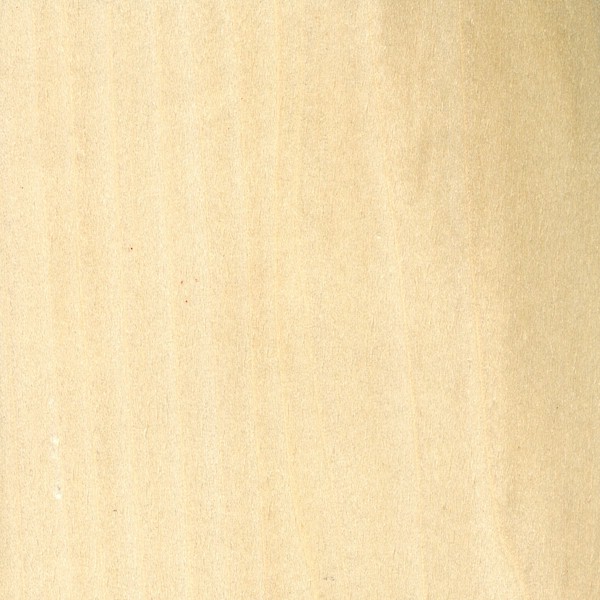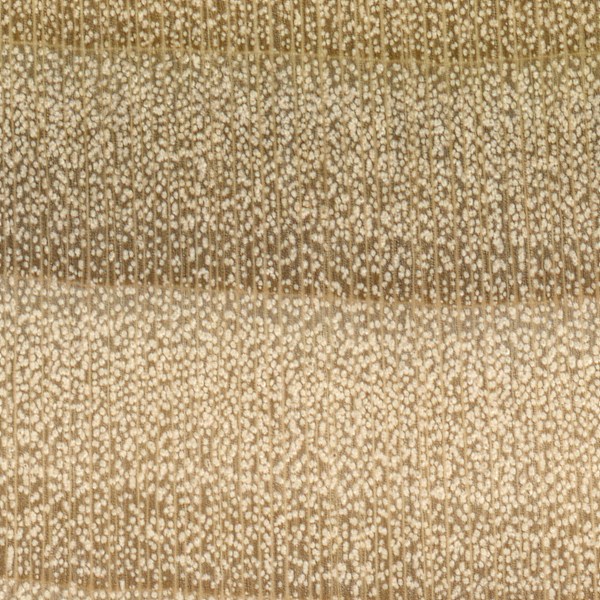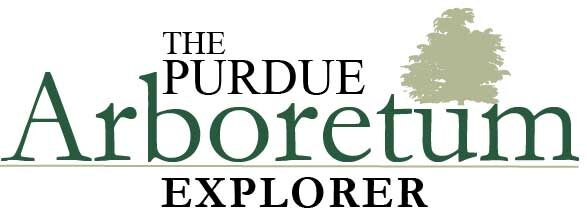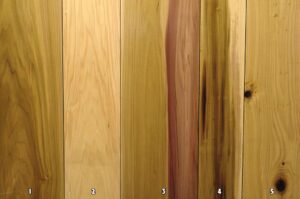Liriodendron tulipifera
Summary
Yellow-Poplar, or Liriodendron tulipifera L., is an abundant tree which causes the wood to be inexpensive. The wood is used for functional parts and decorative parts. The sapwood is very wide and white, and may receive a grey cast due to processing. The heartwood is light yellow to greenish color which will change to a light to dark brown color. Old growth material can have a very green color, but will lose the greenish color with age. Mineral staining will also give the wood bright blue, black, purple, or red streaks. Uniform finishing is difficult to achieve due to the contrast between sapwood and heartwood.
Looking at the panels on the wall from left to right, board one is a high-grade board that has faint growth rings and small burls in the bottom right corner. Board two is all sapwood. Board three has a purple mineral stain, which was probably caused from a wound. Board four shows sapwood and heartwood and grain swirls that were probably due to bird peck. Board five shows multiple knots.
History
Yellow-Poplar is an abundant tree which caused the wood to see various uses. The logs were used for the upper logs on cabins. The wood was used for core stock in veneered panels, functional parts, and furniture.
Color & Texture
The sapwood is very wide and is white in color. The heartwood is light yellow to greenish color which will change to a light to dark brown color. Old growth material will acquire a dark green color, but will lose the green color as it ages. The wood can have mineral streak of bright blue, black, purple, or red.
Anatomical and Microscopy


Diffuse-porous; small pores in no specific arrangement, numerous; solitary and radial multiples of 2-3; tyloses occasionally present; growth rings distinct due to marginal parenchyma and noded rays; rays not visible without lens; parenchyma banded (marginal).
Wood Properties
- Workability
- Intermediate in planing, shaping, turning, and boring. Sharp tools can prevent fuzz or tear.
- Strength
- When compared to similar density woods, the strength is relatively high.
- Steam Bending
- Relatively low
- Drying
- Moderate kiln schedule, but improper stacking and weighing will cause warping
- Shrinkage
- Intermediate
- Decay
- Slight to no resistance
Products
Yellow-Poplar has seen a wide variety of uses over the years. For
interior uses, millwork, molding, interior doors, plywood, furniture, parts, and veneer core stock panels have been made
from yellow-poplar. For exterior uses, yellow-poplar has been used for upper logs on cabins and building construction.

